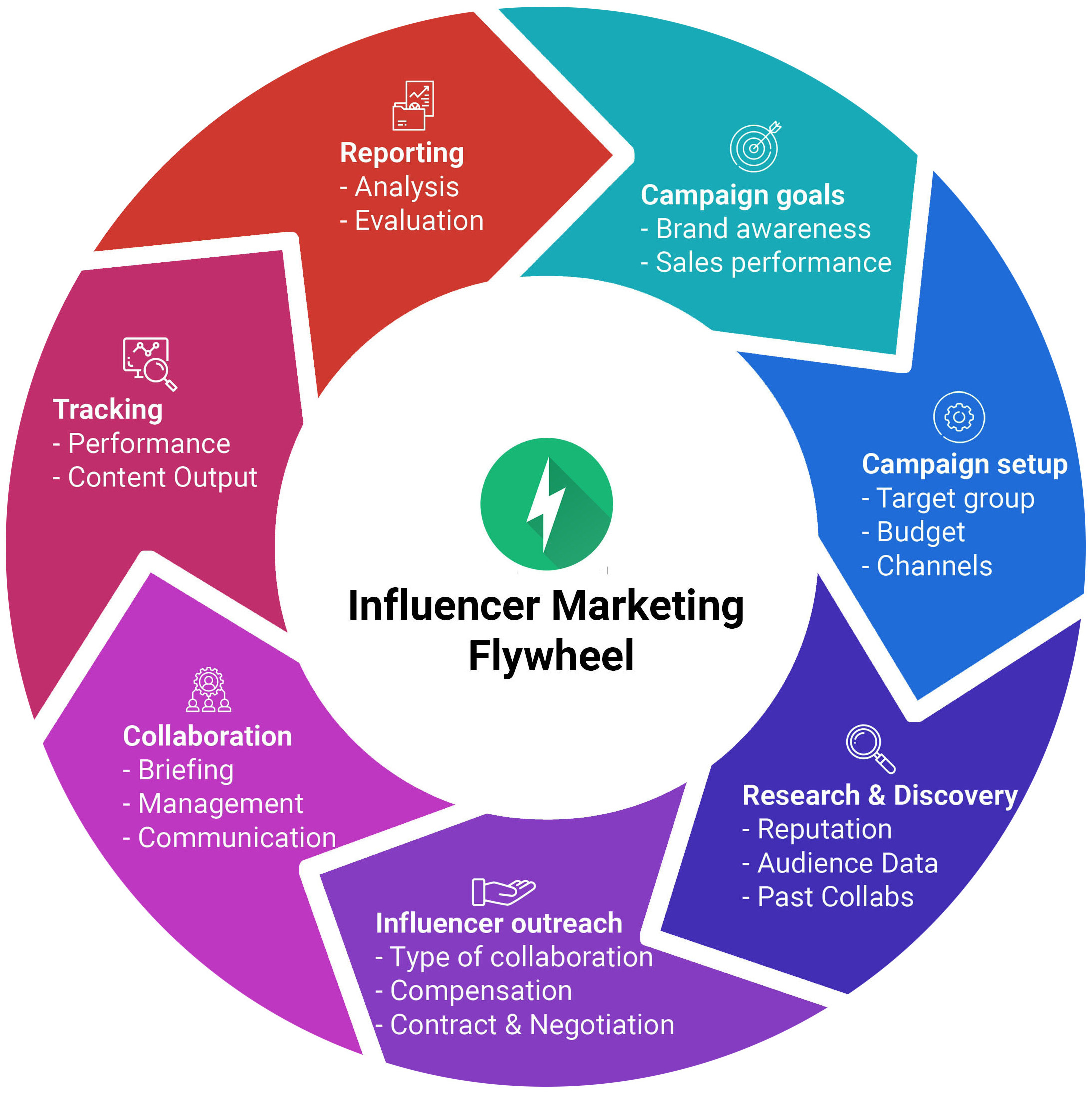Unlocking the Secrets of Sustainable Startup Growth
Growth hacking has become a buzzword in the startup world, but what does it really mean? In essence, growth hacking is a mindset that focuses on using creative, low-cost strategies to drive rapid growth and experimentation. It’s a departure from traditional marketing approaches, which often rely on expensive advertising and lengthy planning cycles. By adopting a growth hacking mindset, startups can accelerate their success and achieve sustainable growth.
One of the key benefits of growth hacking is its emphasis on experimentation and iteration. Rather than investing in a single, large-scale marketing campaign, growth hackers use data and analytics to test and refine their strategies in real-time. This approach allows startups to quickly identify what’s working and what’s not, and make adjustments accordingly.
Another advantage of growth hacking is its focus on leveraging existing resources. Rather than trying to acquire new customers through expensive advertising, growth hackers look for ways to maximize the value of their existing user base. This might involve using email marketing, social media, or content marketing to engage with customers and encourage word-of-mouth referrals.
So, how can startups apply growth hacking principles to their marketing strategies? One approach is to focus on creating a unique value proposition (UVP) that sets them apart from competitors. By clearly communicating their UVP, startups can attract and retain customers who are looking for something new and innovative.
Another key strategy is to use data and analytics to inform marketing decisions. By tracking key metrics such as customer acquisition costs, retention rates, and lifetime value, startups can identify areas for improvement and optimize their marketing efforts accordingly.
By adopting a growth hacking mindset and leveraging these strategies, startups can accelerate their growth and achieve sustainable success. Whether you’re just starting out or looking to take your business to the next level, growth hacking can help you achieve your goals and stay ahead of the competition.
How to Identify and Leverage Your Unique Value Proposition
A unique value proposition (UVP) is a crucial element of any successful startup growth marketing strategy. It’s the key to differentiating your business from competitors and attracting customers who are looking for something new and innovative. But what exactly is a UVP, and how can you identify and leverage it to drive growth?
A UVP is a clear and concise statement that explains the unique benefits and value that your business offers to customers. It’s not just a tagline or a slogan, but a promise that sets your business apart from others in the market. To identify your UVP, start by asking yourself some key questions. What problem does your business solve for customers? What makes your solution unique and innovative? What benefits do customers gain by choosing your business over others?
Once you have a clear understanding of your UVP, you can start to leverage it to drive growth. This might involve using your UVP in marketing campaigns, such as social media ads or email marketing. It might also involve incorporating your UVP into your website and sales materials, to help customers understand the unique value that your business offers.
One of the most effective ways to leverage your UVP is to use it to create a compelling narrative that resonates with your target audience. This might involve telling the story of how your business was founded, and the problem that you set out to solve. It might also involve highlighting the unique benefits and features of your product or service, and explaining how they address the needs of your target audience.
For example, a startup that offers a new kind of sustainable energy solution might use its UVP to create a narrative that emphasizes the importance of reducing carbon emissions and promoting renewable energy. This narrative might be used in marketing campaigns, as well as in sales materials and website content, to help customers understand the unique value that the business offers.
By identifying and leveraging your UVP, you can create a powerful growth marketing strategy that sets your business apart from competitors and attracts customers who are looking for something new and innovative. Remember to keep your UVP clear and concise, and to use it consistently across all of your marketing channels. With a strong UVP, you can drive growth and achieve success in even the most competitive markets.
The Power of Data-Driven Decision Making in Growth Marketing
Data-driven decision making is a crucial aspect of growth marketing, as it enables startups to make informed decisions that drive growth and optimize their marketing strategies. By leveraging data and analytics, startups can gain a deeper understanding of their target audience, track the effectiveness of their marketing efforts, and identify areas for improvement.
So, how can startups set up and track key metrics to inform their growth marketing strategies? The first step is to identify the key performance indicators (KPIs) that are most relevant to their business. This might include metrics such as website traffic, social media engagement, lead generation, and customer acquisition costs. Once these KPIs have been identified, startups can set up tracking and analytics tools to monitor their performance over time.
One of the most effective ways to track and analyze data is to use a growth marketing dashboard. A growth marketing dashboard is a centralized platform that provides a real-time view of key metrics and KPIs. It enables startups to track their progress towards their goals, identify areas for improvement, and make data-driven decisions to optimize their marketing strategies.
For example, a startup that is using paid advertising to drive traffic to their website might use a growth marketing dashboard to track their ad spend, click-through rates, and conversion rates. By analyzing this data, they can identify which ads are performing well and which ones need to be optimized or paused. This enables them to make data-driven decisions that optimize their ad spend and improve their return on investment (ROI).
Data-driven decision making is also essential for measuring and optimizing growth marketing campaigns. By tracking the performance of their campaigns over time, startups can identify which channels and tactics are driving the most growth and adjust their strategies accordingly. This might involve allocating more budget to high-performing channels, optimizing ad creative and targeting, or experimenting with new channels and tactics.
By leveraging data and analytics to inform their growth marketing strategies, startups can drive growth, optimize their marketing efforts, and achieve a competitive advantage in their market. Whether you’re just starting out or looking to take your business to the next level, data-driven decision making is essential for success in growth marketing.
Building a Growth Marketing Team: Essential Roles and Skills
A successful growth marketing team is the backbone of any startup’s growth strategy. It’s a team that combines creative, analytical, and technical skills to drive growth and revenue. But what are the essential roles and skills required to build a high-performing growth marketing team?
First and foremost, a growth marketing team needs a leader who can drive the team’s vision and strategy. This person should have a deep understanding of the startup’s goals and objectives, as well as the skills to develop and execute a growth marketing plan. They should also be able to manage and motivate the team to achieve their goals.
In addition to a leader, a growth marketing team should have a mix of creative and analytical skills. This includes content marketers who can create high-quality, engaging content that resonates with the target audience. It also includes data analysts who can track and analyze key metrics to inform marketing decisions.
Another essential role is a paid advertising specialist who can manage and optimize paid advertising campaigns across multiple channels, including Google Ads, Facebook Ads, and LinkedIn Ads. This person should have a deep understanding of paid advertising platforms and be able to optimize campaigns for maximum ROI.
Email marketing is also a critical component of a growth marketing team. An email marketing specialist should be able to create and send targeted email campaigns that drive conversions and revenue. They should also be able to analyze email metrics and optimize campaigns for maximum ROI.
Finally, a growth marketing team should have a technical specialist who can manage and optimize the startup’s website and landing pages for maximum conversions. This person should have a deep understanding of website optimization and be able to use tools like A/B testing and heat mapping to optimize the website for maximum ROI.
By building a diverse team with a mix of creative, analytical, and technical skills, startups can drive growth and revenue through effective growth marketing strategies. Whether you’re just starting out or looking to take your business to the next level, a high-performing growth marketing team is essential for success.
https://www.youtube.com/watch?v=hfqrOjDsEXI
Content Marketing Strategies for Startup Growth
Content marketing is a powerful tool for startup growth, as it enables businesses to attract and engage with their target audience, build brand awareness, and drive conversions. But what are the most effective content marketing strategies for startups, and how can they be used to drive growth?
First and foremost, startups need to create high-quality, relevant content that resonates with their target audience. This might include blog posts, videos, social media posts, and other types of content that provide value and insights to potential customers. The key is to create content that is informative, engaging, and optimized for search engines.
Another effective content marketing strategy for startups is to use storytelling techniques to connect with their target audience. Storytelling is a powerful way to build brand awareness and create an emotional connection with potential customers. Startups can use storytelling techniques in their content marketing efforts by sharing their company history, highlighting customer success stories, and showcasing their products or services in a compelling and engaging way.
In addition to creating high-quality content, startups also need to distribute it effectively to reach their target audience. This might include using social media platforms, email marketing, and other channels to promote their content and drive traffic to their website. Startups can also use paid advertising channels, such as Google Ads and Facebook Ads, to amplify their content marketing efforts and reach a wider audience.
Measuring and optimizing content marketing efforts is also crucial for startup growth. Startups need to track key metrics, such as website traffic, engagement, and conversions, to understand the effectiveness of their content marketing efforts. They can then use this data to refine their content marketing strategy and improve their ROI.
Finally, startups need to stay up-to-date with the latest content marketing trends and best practices to stay ahead of the competition. This might include using new technologies, such as AI and machine learning, to personalize and optimize their content marketing efforts. By staying ahead of the curve and leveraging the latest trends and best practices, startups can drive growth and achieve success in their content marketing efforts.
Amplifying Your Reach with Influencer and Partnership Marketing
Influencer and partnership marketing are powerful tools for startups looking to amplify their reach and drive growth. By partnering with influencers and other businesses, startups can tap into new audiences, build brand awareness, and drive conversions. But how can startups effectively leverage influencer and partnership marketing to achieve their growth goals?
First and foremost, startups need to identify the right influencers and partners to collaborate with. This might involve researching influencers who have a large following in their target audience, or identifying businesses that share similar values and goals. Startups should also consider the influencer’s or partner’s credibility, reach, and engagement rates to ensure that they are a good fit for their brand.
Once the right influencers and partners have been identified, startups need to develop a clear strategy for collaborating with them. This might involve creating sponsored content, hosting webinars or events, or launching joint marketing campaigns. Startups should also consider the terms of the partnership, including the length of the partnership, the scope of work, and the compensation structure.
Influencer and partnership marketing can also be used to drive conversions and revenue for startups. By partnering with influencers who have a large following in their target audience, startups can drive traffic to their website and increase sales. Startups can also use partnership marketing to offer exclusive deals or promotions to their partner’s audience, driving conversions and revenue.
Measuring and optimizing influencer and partnership marketing efforts is also crucial for startup growth. Startups need to track key metrics, such as engagement rates, website traffic, and conversions, to understand the effectiveness of their influencer and partnership marketing efforts. They can then use this data to refine their strategy and improve their ROI.
Finally, startups need to stay up-to-date with the latest trends and best practices in influencer and partnership marketing to stay ahead of the competition. This might involve attending industry events, reading industry publications, and following thought leaders in the space. By staying ahead of the curve and leveraging the latest trends and best practices, startups can drive growth and achieve success in their influencer and partnership marketing efforts.
Measuring and Optimizing Growth Marketing Campaigns
Measuring and optimizing growth marketing campaigns is crucial for startup success. By tracking key metrics and using data to refine marketing strategies, startups can improve their return on investment (ROI) and drive growth. But how can startups effectively measure and optimize their growth marketing campaigns?
First and foremost, startups need to identify the key metrics that matter most to their business. This might include metrics such as website traffic, engagement, conversions, and customer acquisition costs. Startups should also consider the customer journey and the various touchpoints that customers interact with along the way.
Once the key metrics have been identified, startups need to set up tracking and analytics tools to monitor their performance over time. This might include tools such as Google Analytics, Mixpanel, or Kissmetrics. Startups should also consider using A/B testing and experimentation to refine their marketing strategies and improve their ROI.
Data-driven decision making is also essential for measuring and optimizing growth marketing campaigns. By using data to inform marketing decisions, startups can avoid making assumptions and instead focus on what is working and what is not. This might involve using data to identify areas of improvement, such as optimizing ad creative or targeting, or using data to refine marketing messaging and positioning.
Another important aspect of measuring and optimizing growth marketing campaigns is to use attribution modeling to understand the impact of different marketing channels on conversions. This might involve using tools such as attribution modeling software or Excel to analyze the data and understand the impact of different marketing channels.
Finally, startups need to stay up-to-date with the latest trends and best practices in measuring and optimizing growth marketing campaigns. This might involve attending industry events, reading industry publications, and following thought leaders in the space. By staying ahead of the curve and leveraging the latest trends and best practices, startups can drive growth and achieve success in their growth marketing efforts.
Staying Ahead of the Curve: Emerging Trends in Growth Marketing
The growth marketing landscape is constantly evolving, with new trends and technologies emerging all the time. To stay ahead of the curve and drive growth, startups need to be aware of these emerging trends and know how to leverage them. So, what are some of the most important emerging trends in growth marketing, and how can startups use them to drive growth?
One of the most significant emerging trends in growth marketing is the use of artificial intelligence (AI) and machine learning (ML). AI and ML can be used to automate and optimize growth marketing campaigns, improve customer segmentation and targeting, and enhance the overall customer experience. Startups can use AI and ML to analyze large datasets, identify patterns and trends, and make data-driven decisions.
Another emerging trend in growth marketing is the use of account-based marketing (ABM). ABM involves targeting specific accounts and decision-makers with personalized content and messaging. This approach can be highly effective for startups that want to target specific industries or companies. Startups can use ABM to create personalized content, engage with target accounts, and build relationships with key decision-makers.
Video marketing is also becoming increasingly popular in growth marketing. Video content can be used to tell stories, showcase products and services, and build brand awareness. Startups can use video marketing to create engaging content, drive website traffic, and improve conversion rates.
Finally, startups need to stay up-to-date with the latest trends and best practices in growth marketing. This might involve attending industry events, reading industry publications, and following thought leaders in the space. By staying ahead of the curve and leveraging the latest trends and best practices, startups can drive growth and achieve success in their growth marketing efforts.
By embracing these emerging trends and technologies, startups can stay ahead of the curve and drive growth in their growth marketing efforts. Whether it’s using AI and ML to automate and optimize campaigns, leveraging ABM to target specific accounts, or using video marketing to tell stories and build brand awareness, there are many ways that startups can use emerging trends to drive growth and achieve success.






